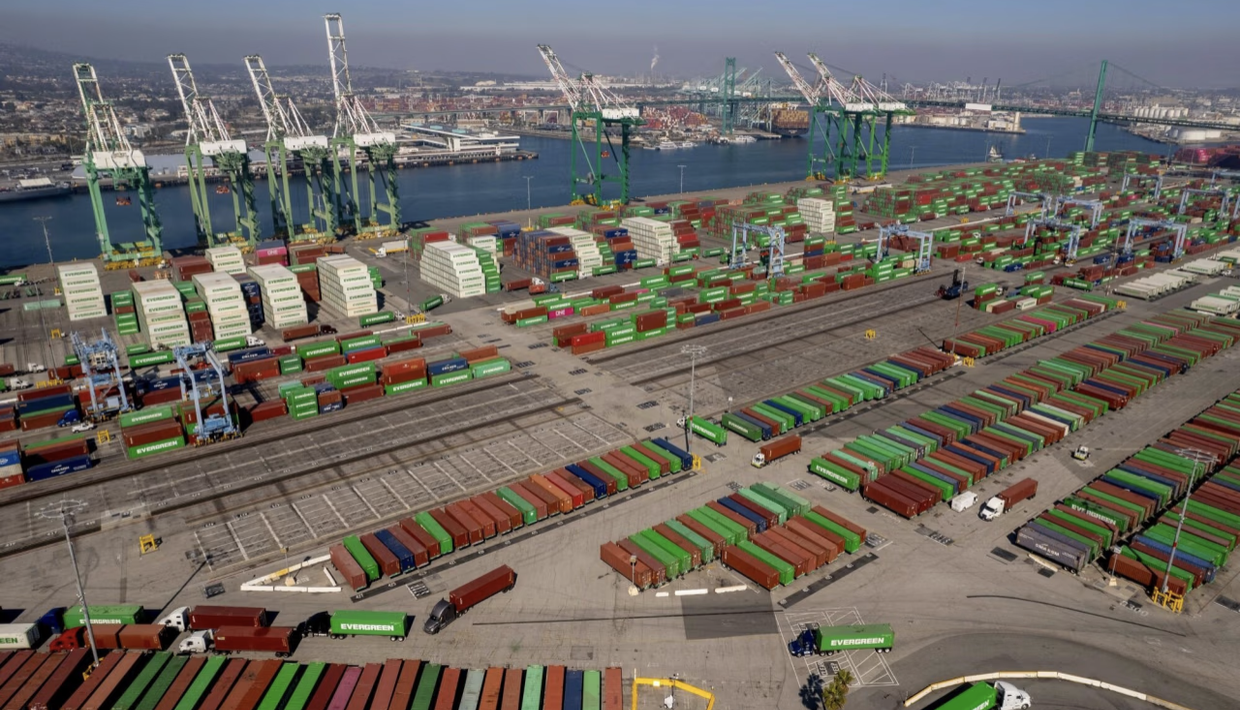 Kerby Anderson
Kerby Anderson
President Trump has been promoting the positive impact of his tariffs, while his critics argue that ultimately Americans will be paying the price for his tariffs. The editors of the Wall Street Journal point to inflation data to argue that American households will be paying. However, they also acknowledge that an increase in consumer prices hasn’t shown up yet, perhaps because companies had large cash reserves.
Tim Carney argues that if you dig into the data, the question of who pays the tariffs becomes more complicated. If Walmart buys a hundred rubber footballs from China, they (the importer) will pay Customs and Border Patrol. You would assume that they would then pass the increased cost on to the consumer.
But China may not be the only source of footballs. There might be U.S. or Mexican football factories. If China is the only country making these footballs, the demand is what economists call inelastic. If there are other sources of footballs, then demand is elastic.
There is also the political component. President Trump told Walmart to “EAT THE TARIFFS.” It is likely that they may indeed have done that in many cases. After all, if you increase the cost of rubber footballs too much, consumers might decide to buy American-made leather footballs. Or U.S. consumers might decide to keep throwing their old rubber football a little longer.
On the positive side, tariff threats have changed the markets in ways that may help consumers and encourage U.S. investment in this country. But making rubber footballs in the U.S. will always be more expensive than making them in China. On the negative side, tariffs can trigger trade wars. We have seen retaliation and other economic threats.
As you can see, who pays the tariffs is more complicated than you might imagine.
 Listen Online
Listen Online Watch Online
Watch Online Find a Station in Your Area
Find a Station in Your Area










 Listen Now
Listen Now Watch Online
Watch Online
